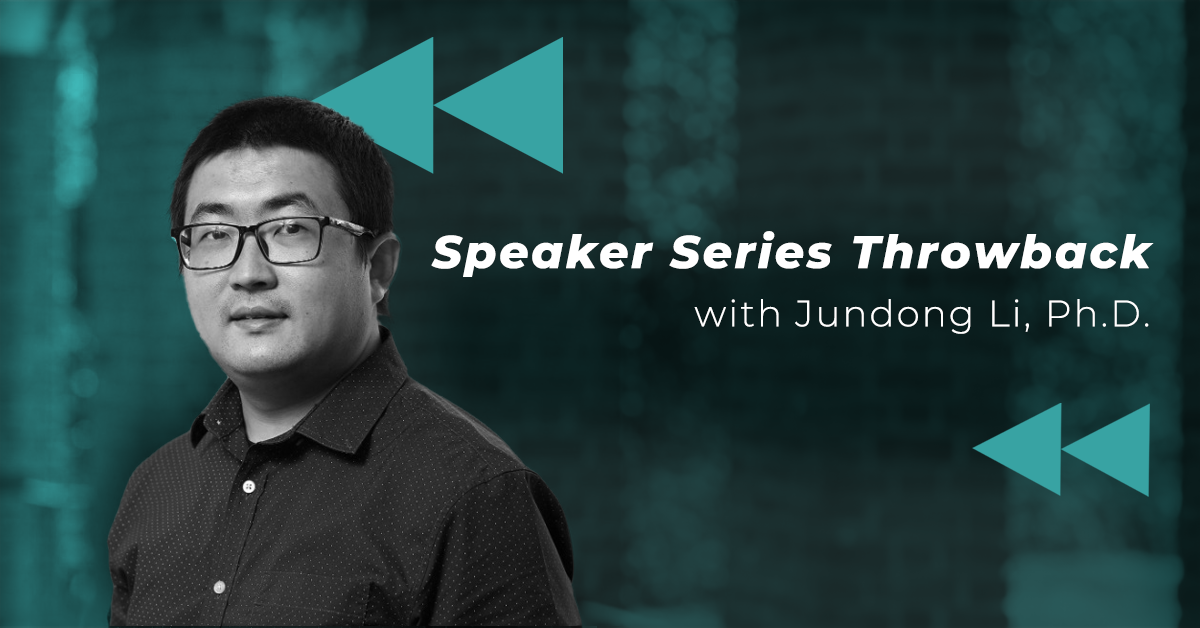
Power grids are the backbone of our modern world, supplying electricity to homes, businesses, and critical infrastructure. However, these complex systems are increasingly vulnerable to cyber attacks that could disrupt power supplies or even cause widespread outages.
Jundong Li, Ph.D. assistant professor in the Department of Electrical and Computer Engineering at the University of Virginia (UVA), is at the forefront of research on enhancing the cyber-physical security of power grids. His work focuses on leveraging graph machine learning, a powerful technique for analyzing interconnected systems.
The Challenge: Protecting Power Grids from Cyber Threats
Power grids are complex cyber-physical systems, consisting of physical components like transformers and transmission lines, as well as communication networks and control systems. Traditionally, state estimation has been used to monitor the power grid by estimating key measurements such as voltage at different points.
However, this approach has limitations. Adversaries could potentially manipulate this measurement data through remote control attacks, leading to power outages or equipment overload.
A New Approach: Graph Machine Learning for Cyber Attack Detection
Dr. Li proposes a method to address these challenges using graph machine learning. This technique excels at modeling relationships between different entities in a network, making it ideal for analyzing interconnected systems like power grids.
Dr. Li’s method utilizes a two-pronged approach:
- Backbone Model: This model analyzes time series data, such as voltage measurements, to identify patterns and anomalies.
- Graph Neural Network Model: This model captures the spatial dependencies between different parts of the power grid. By understanding these relationships, the model can detect inconsistencies that might indicate a cyber attack.
The Benefits: Improved Detection and Resilience
By combining these models, Dr. Li’s approach can effectively detect cyber attacks in power grids. This can help to prevent outages, protect critical infrastructure, and ensure a more reliable electricity supply.
Looking Ahead: The Future of Cyber-Physical Security
Dr. Li’s research is a promising step towards securing power grids from cyber threats. Here are some of the exciting future directions for this research:
- Improved Explainability: Making the detection algorithms more transparent can help grid operators understand and trust the system’s decisions.
- Decentralized Attack Detection: Developing methods that allow different power grids to share information and collaborate on cyber threat detection without compromising sensitive data.
- Enhanced Scalability and Efficiency: Optimizing the detection algorithms to handle the vast amount of data generated by power grids and ensure real-time threat detection.
Dr. Li’s work on graph machine learning for cyber attack detection represents a significant advancement in securing our power grids. By continuing to develop and refine these techniques, we can ensure a more resilient and secure electricity infrastructure for the future.
Watch Jundong Li Ph. D.’s talk on enhancing power grids through graph ML here.



